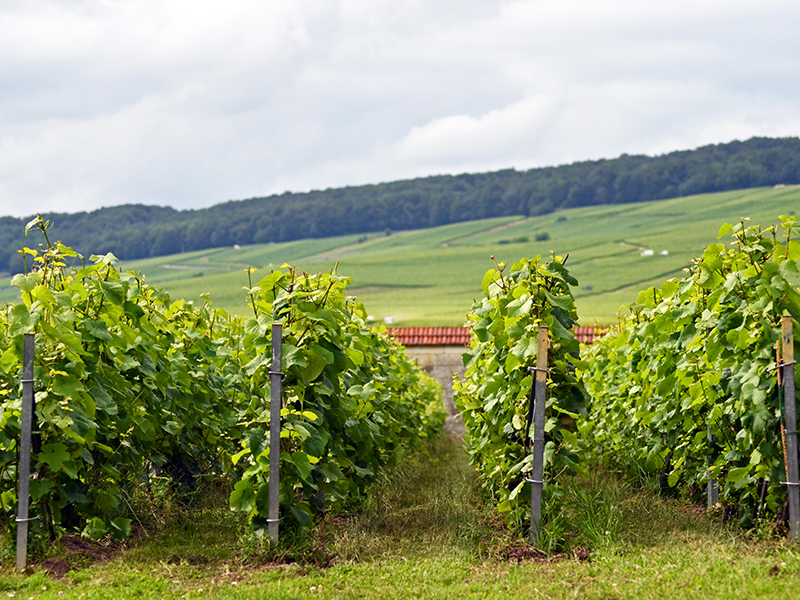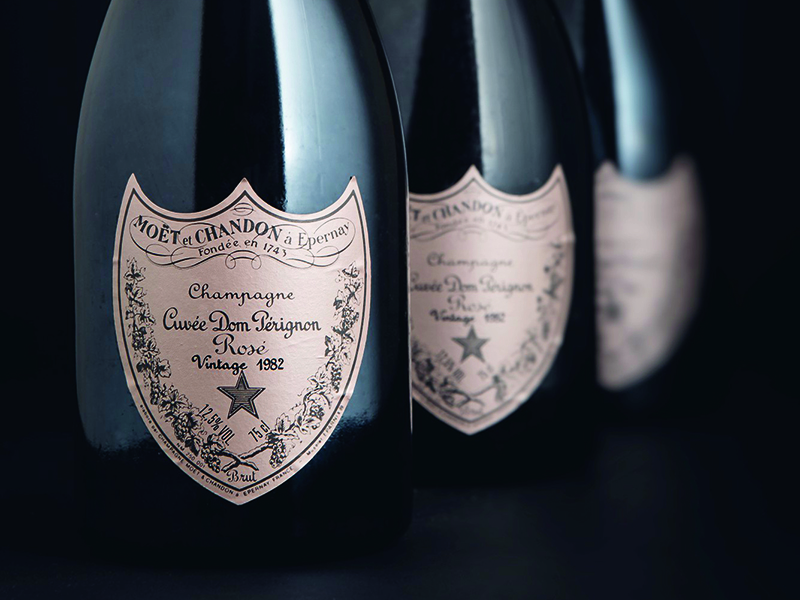The Best Value Champagnes to Buy or Invest in Now
Christie’s wine expert Chris Munro looks at the history of champagne and selects the best value bubbles to look out for at auction
Christie’s wine expert Chris Munro looks at the history of champagne and selects the best value bubbles to look out for at auction
Champagne has always been seen as the wine for celebration. It was invented around the year 1670 by a French monk who gave his name to the prestige brand of Moët Hennessy—Dom Pérignon. This is how the story goes, but was champagne actually an English invention? The English scientist Christopher Merrett documented the addition of sugar to create a secondary fermentation in a paper he presented to the Royal Society in 1662, six years before Dom Pérignon became a monk at Hautvillers Abbey. Whichever story is correct, the fact is that if you went into a wine store 25 years ago, champagne tended to be the most expensive wine on the shelf.

But this has now changed; as prices of Bordeaux and Burgundy have rocketed, the cost of a decent bottle of champagne has remained relatively inexpensive. Today the market, although dominated by the Grandes Marques, offers affordable and delicious drinking.

At auction we tend to see the prestige cuvées—those made in one single exceptional vintage—produced by the large champagne houses: Krug’s Clos du Mesnil and Clos d’Ambonnay, Louis Roederer’s Cristal, Dom Pérignon, and Salon’s Le Mesnil. These are often the champagnes that hold the most value for collectors because they are produced in reduced quantities. Vintage rosé champagnes are another example, they sometimes sell for more than blanc de blancs or blanc de noir champagnes because they are also produced in smaller batches.

We often have direct-from-producer sales of champagne, as invariably the houses have decent stocks of mature wines stored in their own cellars. Outside of auction, it’s worth looking out for some of the smaller growers: A. R. Lenoble, Cédric Bouchard, and Benoît Lahaye.
The choice is increasing and the quality-to-cost ratio is very favorable. As Sir Winston Churchill memorably said: “I could not live without champagne. In victory I deserve it. In defeat I need it.” Pol Roger of course named its top cuvée after the former prime minister: Cuvée Sir Winston Churchill.

Dom Pérignon Vintage 2002 Plénitude P2
This extremely rare vintage champagne represents the second plénitude for Dom Pérignon—meaning it has undergone extra-long aging, including 15 years on the lees. A fuller, deeper expression with a lengthy finish, this champagne is dominated by exotic aromas and a subtle saline quality.
Pol Roger 2008 Cuvée Sir Winston Churchill Brut
Known for its richness and its longevity, this vintage has a grandness linked to the ripe fruit and the dominance of Pinot Noir in the blend. Perfectly balanced it can be enjoyed now, but it will be better from 2020 and beyond.
Salon 2007 Le Mesnil Blanc de Blancs Brut
Only produced in exceptional years, this champagne from the village of Le Mesnil in the Côte des Blancs is made from 100 percent Chardonnay. Its minerality, concentration, and beautiful fruit flavors still feel incredibly young and could benefit from further aging—if you can resist drinking it now, that is.